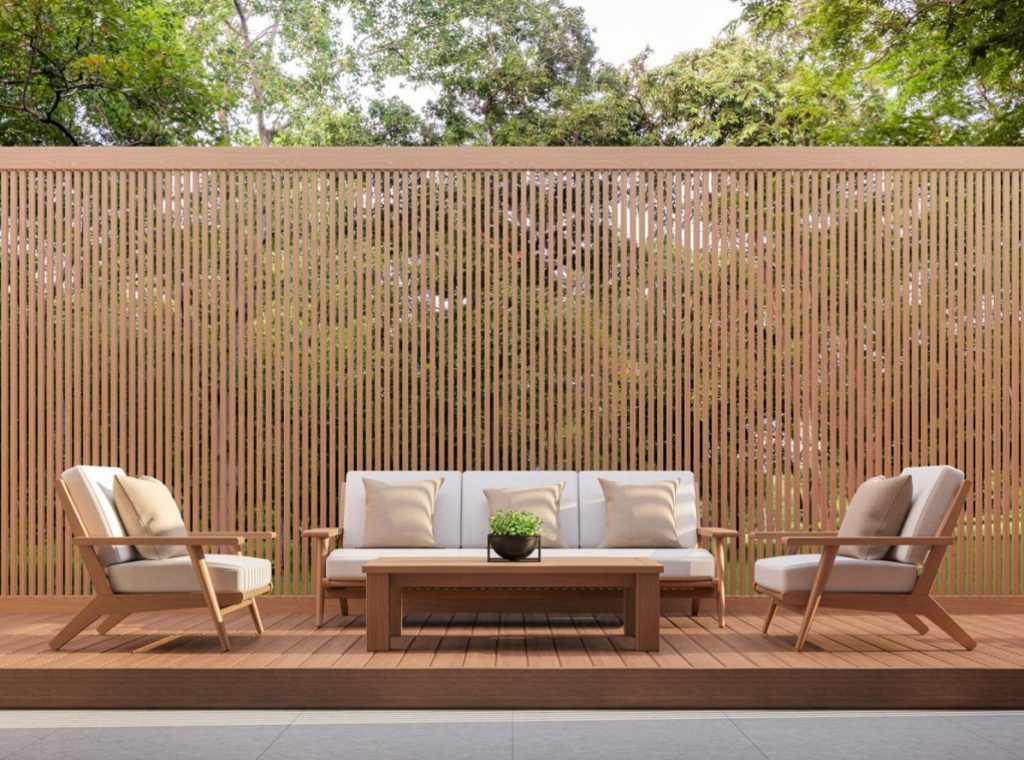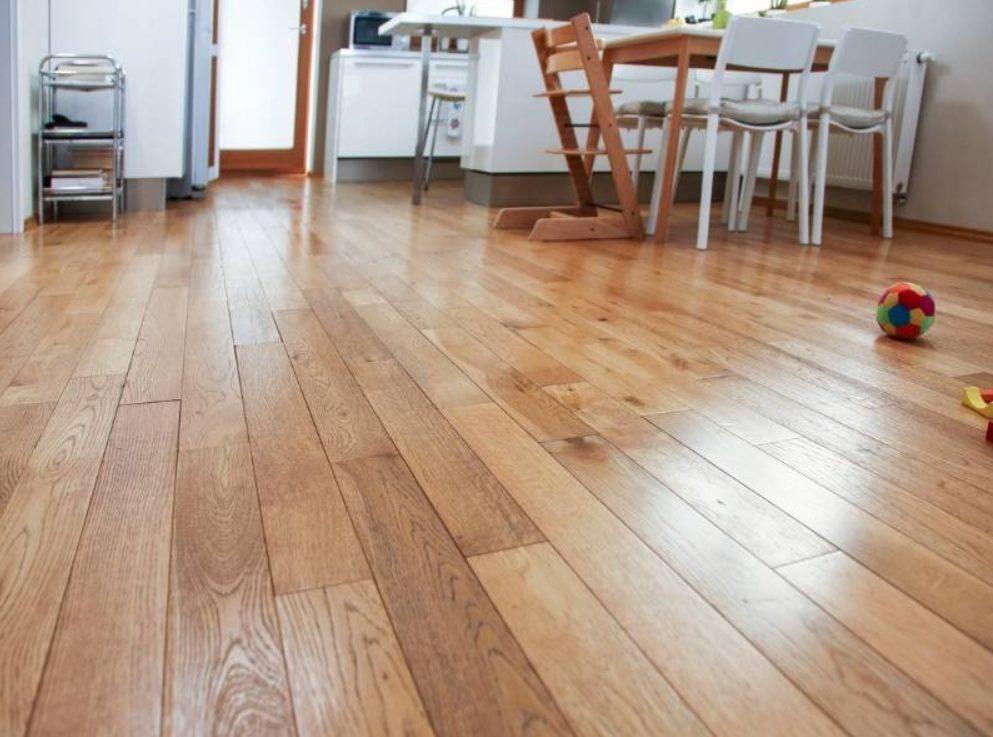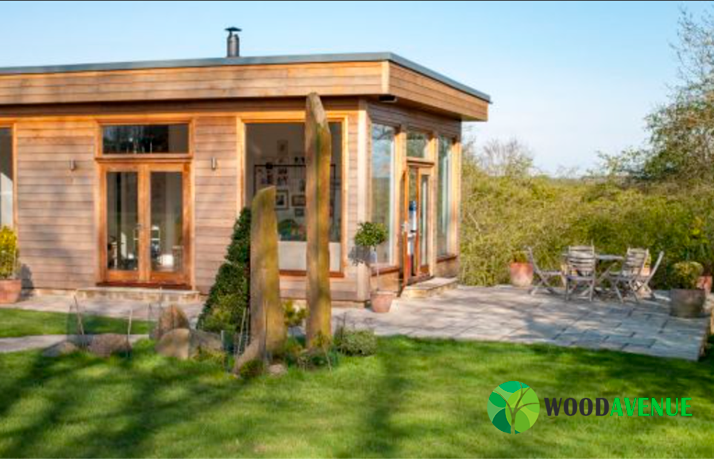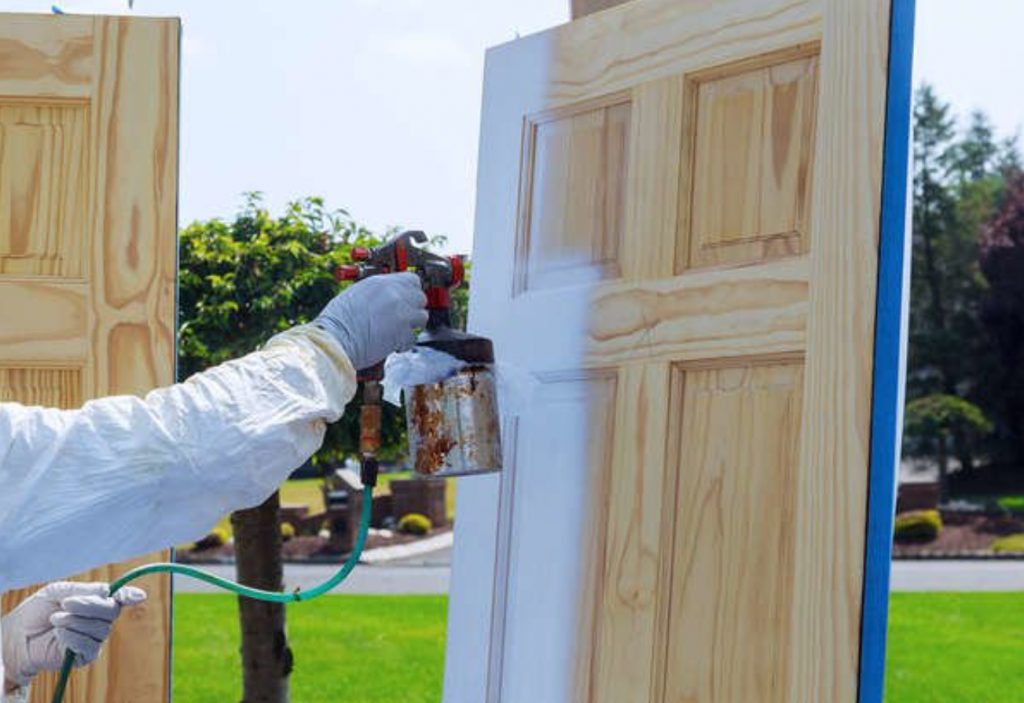Choosing natural wood for your garden furniture or features is a warm and good-looking option. Most timber is treated with chemicals to keep it from rotting, but some woods have a high level of rot resistance without any treatment at all.
The main contributors to wood rot are moisture, insects, fungi, and sunlight exposure. When it comes into direct contact with the ground, such as in a garden bed or trellis, use rot-resistant wood.
When wood rubs directly against the ground, moisture can seep in and cause it to swell and break open. This makes it more susceptible to mould and fungus growth. Wood rot is also accelerated by any materials that grow over it, such as vines and plants.
Deciding on a wood type
Before starting an outdoor project, weigh how much exposure it will get to the elements and sunlight, the wood’s natural resistance to rot and insects, and the best way to treat it when finished, as well as future upkeep.
As a general rule of thumb, any wood can be used for an outdoor project as long it is treated and kept dry. However, some woods are naturally more resistant to rotting. The most durable wood types are cedar, European oak, idigbo, ipe, iroko and black walnut. Moderately resistant woods include douglas fir, larch, sapele, and meranti.
The importance of wood maintenance
If you decide to use hardwoods outside, be aware that the wood will weather and require more upkeep.
Even a highly durable wood species will be weakened over time due to weathering. If left unrefined, hardwood will discolor, develop surface cracks, and potentially warp from moisture and drying.
If hardwood is not kept well-maintained, it will lose color and grain features when exposed to direct sunlight for an extended period of time. A UV-blocking finish or topcoat will protect it from fading.
You can lower your chances of fungus infection by opting for a hardwood that is resistant to deterioration, such as a thick or oily wood that absorbs water at a slower rate than other woods. By keeping your project off the ground, you will also help it withstand damage from moisture and rot.
Outdoor finishes for hardwoods
Wood is susceptible to damage from the sun and water. An excellent finish for an outside project should not only have UV protection but also be waterproof.
For outdoor projects such as building a deck, many trees from the Far East, like Balau, can be used without being treated. Some people choose this type of wood because they like the way it looks when it’s weathered and grey, and it doesn’t require any maintenance as it also has exceptional resistance to decay.
These woods will last for many years if not kept too wet and are away from the ground.
If you don’t have well-seasoned hardwood, it’s feasible to restore its colour and grain features by applying an exterior finish and then maintaining it.
Depending on the degree of exposure to the weather and the quality of the finish, maintenance may be done as frequently as three months. An exterior coating that is applied correctly can last up to two years without any additional maintenance.








